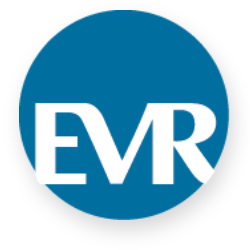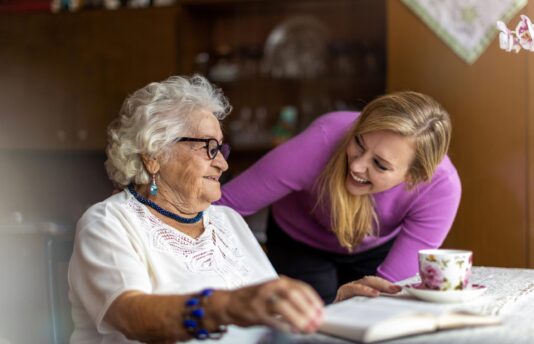When the World Wide Web was launched to the public in 1991, Baby Boomers were in their 30s and 40s and in the prime of their careers. Now, as they head into retirement almost 30 years later, Baby Boomers have been fully immersed in the digital age, full participants in the evolution from computer fonts on green screens to smartphones to digital media technology.
These Baby Boomers are now the target audience for marketers as they are starting to move into senior living communities, or at the very least, beginning to think about it.
Marketers of senior living communities must start thinking about a new way to connect with residents and prospects using enhanced digital tactics. We must now recognize and strategize for a digitally savvy consumer base that no longer fears the “interweb” and, instead, embraces all it has to offer.
Consider this data from the Pew Research Center: The percentage of Internet users among those 65 and older grew from 14 percent in 2000 to 73 percent in 2019. The research also shows that over half of the demographic now owns smartphones.
This growing subset of seniors demands that marketers take a multi-layered approach to reach a broadening base, not unlike the way we reach millennials and Gen Zers.
The pandemic has changed the way we live, and there is probably no group forced to adjust to this new normal more than seniors, especially those living in retirement communities or those who live alone. Technology has become a lifeline for them, a way to communicate with family members, grocery shop, make medical appointments and socialize.
The pandemic has also led senior living marketers to rethink the way they approach digital advertising. But this is not a temporary fix that will eventually revert back to business as usual. This is just the start.
In many ways, the pandemic has forced us to begin formulating digital marketing strategies that need to be part of the way we reach seniors going forward. Here are three tactics you can apply to your marketing efforts when promoting your community to this growing subset:
1. Utilize the virtual “upsell.”
Appeal to this more technologically savvy generation by providing your “added value” benefits virtually. The art of the upsell doesn’t just apply to product marketing. And while you’re not selling add-ons, you are selling a lifestyle. Baby Boomers have the most disposable income among the generations, and they’re willing to spend it if you’re offering the right solutions. Showcase what your community has to offer that they can’t find anywhere else.
2. If your landing page isn’t converting, try new options.
So you’ve gotten your prospects’ attention—now what? The mainstay for marketing used to be a landing page, which is still very effective. But you want to make the journey from prospect to conversion as seamless as possible. This means deploying a variety of new options as opposed to traditional landing pages—think: in-email, on-platform or same-page forms.
And with so many seniors on Facebook (46% of American adults aged 65 and older, according to Pew Research), the platform’s lead generation ads are a fantastic place to start. A 2019 WordStream study showed that, despite a higher cost per action ($17.98 vs. $13.26) when comparing Facebook’s lead gen ads—which allow users to fill out a form without ever leaving the app—to landing pages, there is a payoff: Lead gen ads received the higher conversion rates at 12.54%, compared to 10.47% for landing pages.
3. Do you have an app? (And we don’t mean appetizer)
A form submission is great news for senior living communities trying to attract new prospects. But how do you keep their attention?
Flyers and postcards are the traditional mainstays when trying to stay connected to residents and prospects. Email advanced that communication. But now is the time to take another step forward and offer an app that is right there on a person’s smartphone. It can be a portal to keep both prospects and residents engaged in what is happening in your community in a virtual way.
Use your app to offer monthly e-content geared toward senior health, community events, news and more, such as tips for staying active, recipes from your chef, community happenings, associate or resident spotlights, polls to gauge interest for future events and more.
Pandemic or not, it remains a given that seniors are becoming increasingly digitally savvy. And while sticking to traditional advertising mainstays won’t hurt you, we can tell you this: The addition of digital content will, without a doubt, benefit you, no matter where users are in the prospect journey.











